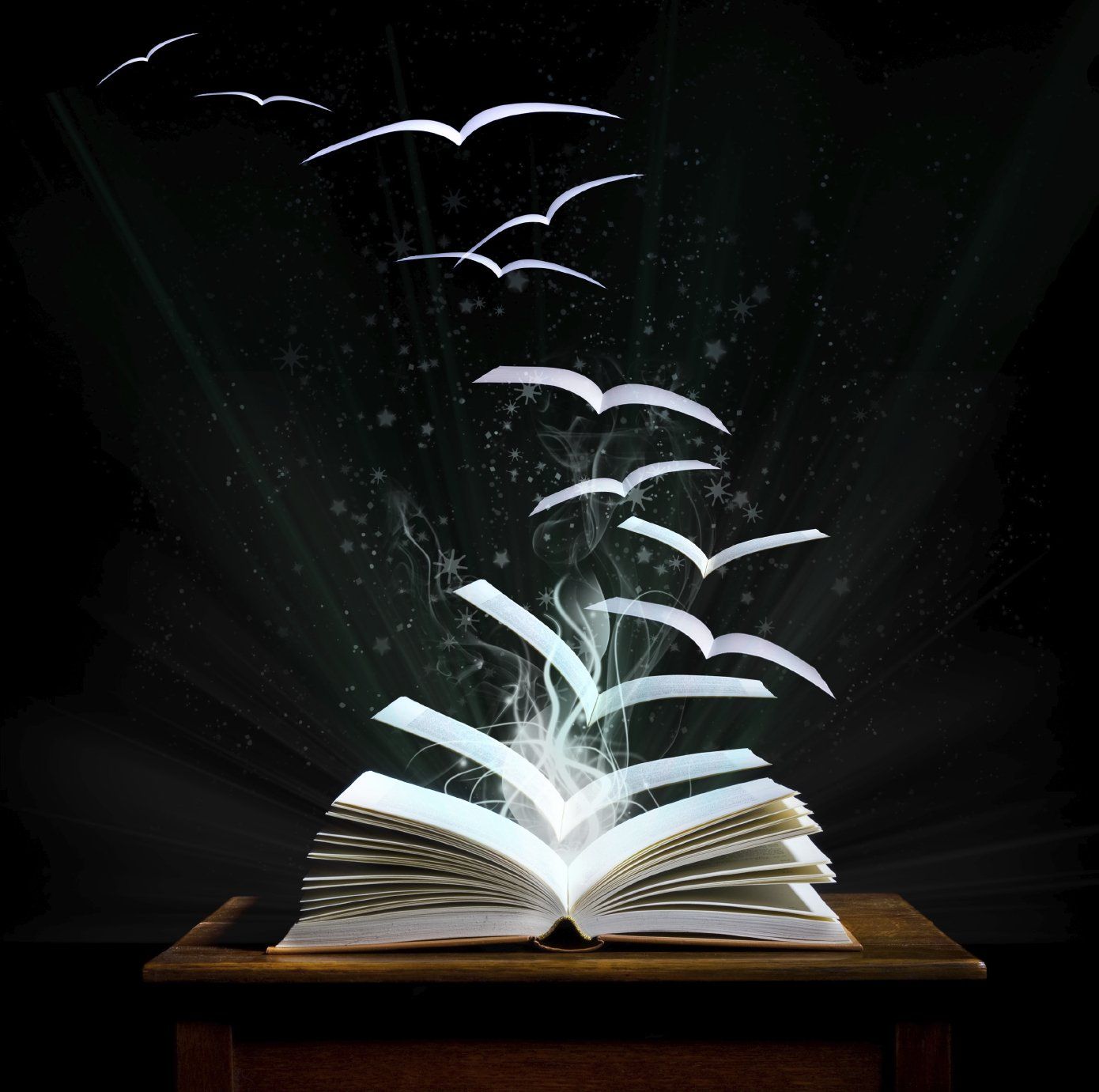Who tells the story?
The art of perspective , or who tells the story , is vital to a story well told. What does that mean? Usually, the best person to be the main point of view character is the one who changes the most or is most impacted by the events you are portraying. I’m not talking about “I” telling the story ( this is POV and the HOW ), it can be first person, but it can also be third person (he or she), or the all seeing god-view. I personally like third person, because, “I” can only know what “I” know and not what is going on in any other character’s head. The experience portrayed in this photo could easily be told by one of the children, but also by the mother who witnesses their play. She would no doubt have a similar experience to share from her childhood and be able to relate it using all senses. My point here is that POV and the teller are linked.
In romance, the story is about the two lovers (to be or not to be). There can be lots of interesting secondary characters, but they are not the most important to the story – it’s the couple finding their way to each other. So, even if the maid can tell the story, the story is about how the lovers get together, not how she feels about the job or the price of beef. It can be interesting to see an observers view of how a romance transpires, but there is too much distance to the emotions in the story to be satisfying to the reader.
In the story, Driving Miss Daisy, the driver tells us about Miss Daisy and their relationship. He has a very interesting perspective of his charge and is able to share her antics with honesty. Their friendship evolves over the story as her health devolves. We perceive the racial tension in the south, but these two people overcome that barrier. She needs his calm dependability and he needs to be needed. ( I confess I saw the film and didn’t read the book, this is how I perceived the story telling.)
So, how does a writer decide who is the best to tell the story? If you aren’t sure, I suggest trying to write it through a couple of different character’s (or POV) and see which flows best. My short story, “The Crossroads” has always been from Sylvia’s POV, but it was in first person first. When I changed it to third person it flowed better. It is “her” story, and no one else could tell it better, but as an author I had to put some distance between us. Being her in the “I” in the story, put me too close to see everything clearly. We decide “who” and “how” the story will be told.
“The Book Thief” interestingly enough was told from the point of view of ‘death’, but it was the young girl’s experience during this time in WWII. As narrator he was able to express the darkness of the time.
What makes the best “teller” in your story? That’s for the author to decide. Experiment. When you’re recounting the story of your toddler in the store shouting, “Mommy, what’s a jock strap?” It’s mommy’s embarrassment and toddler’s antics that make the story. It wouldn’t work if the toddler told how he did this, so the best person to relate it is Mommy or the clerk standing on the ladder witnessing the exchange.
When I was little my grandmother always told me the way to understand why someone acted a certain way I should, “Listen harder. Walk around in their shoes for a while.” In essence that’s what an author does. We listen to our character and put ourselves in the story in order to relate the feelings, smells, sounds, textures of the experience. If we are lucky, we grow so close to the story that for a little while we become the characters and their story becomes even richer.
Enjoy the journey, my friends.










